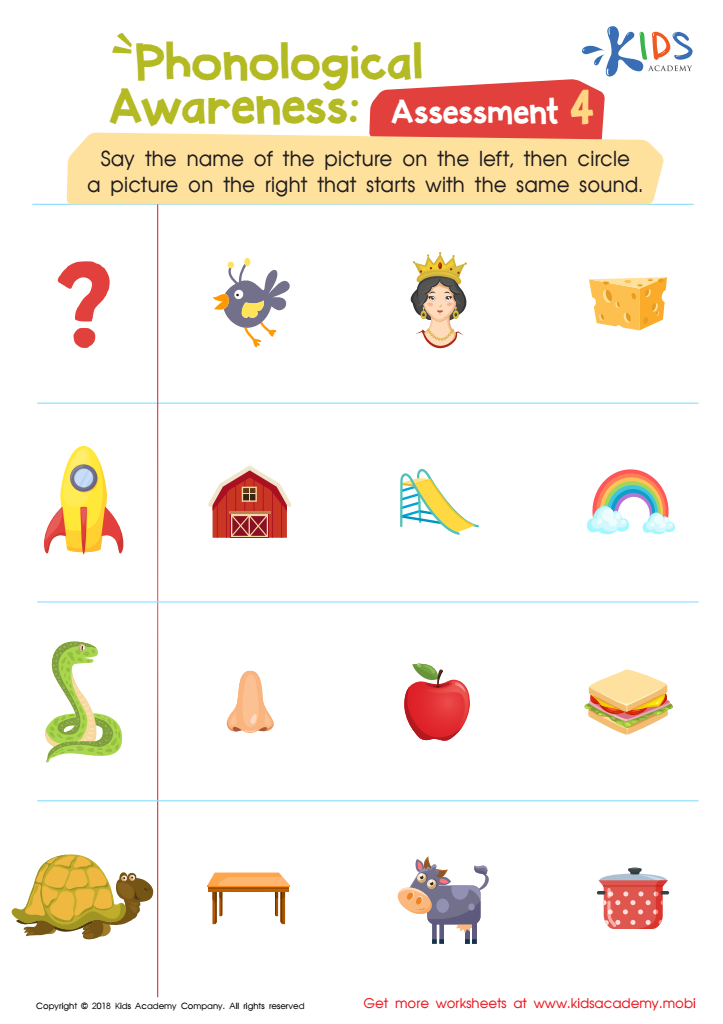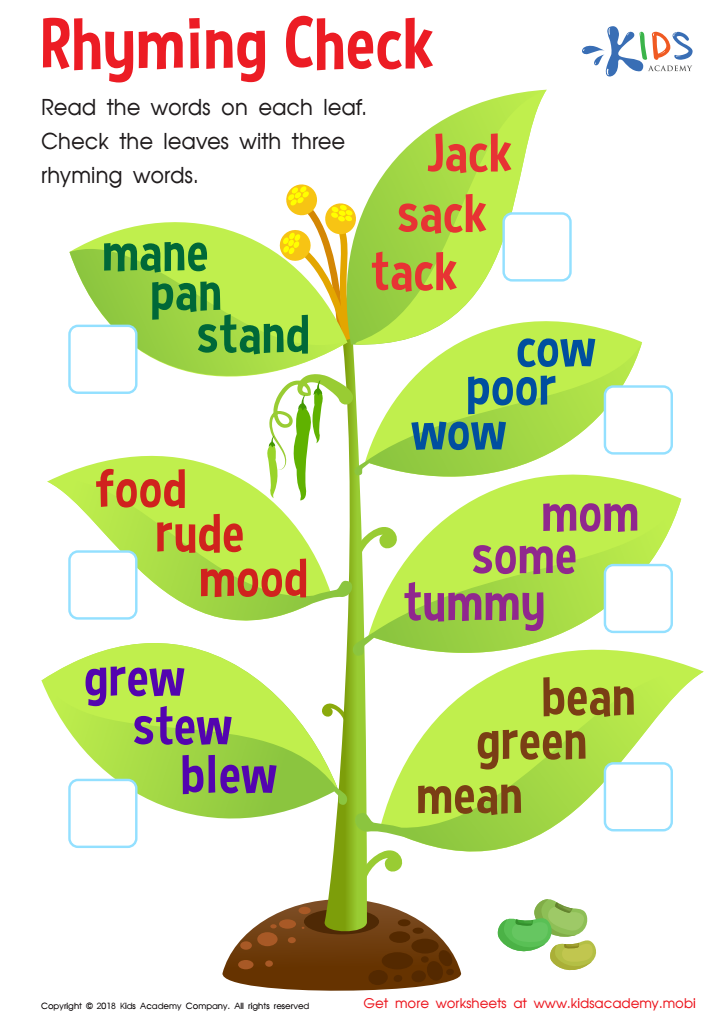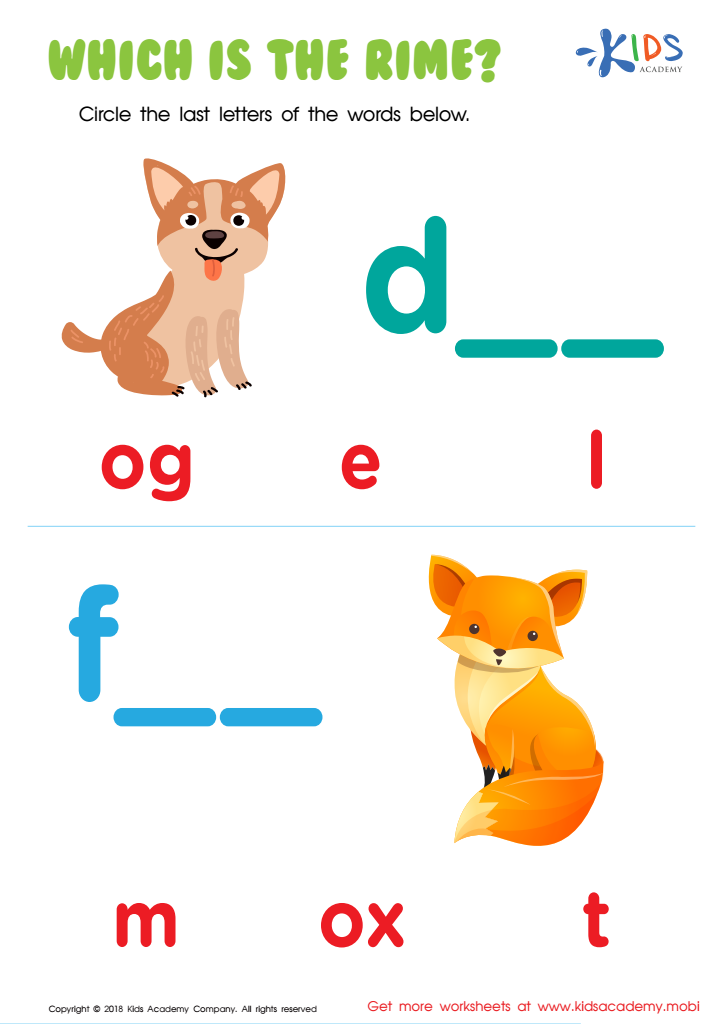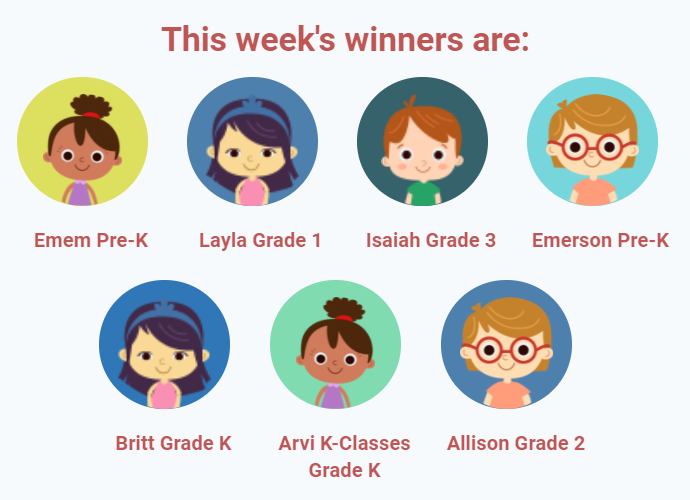Phonemic awareness Worksheets for Kids
3 filtered results
-
From - To


Phonological Awareness: Assessment 4 Worksheet


Rhyming Check Worksheet


Which Is the Rime? Worksheet
Question/Answer
How to test a Grade 2 student’s Phonemic awareness skills?
To test a Grade 2 student's Phonemic awareness skills, conduct activities such as identifying and making rhymes, distinguishing beginning, middle, and ending sounds in words, blending sounds to form words, breaking down words into individual sounds (segmentation), and manipulating sounds within words by adding, deleting, or substituting. Use simple, age-appropriate words and provide immediate feedback.
How to train the Phonemic awareness skill in Grade 2 students learning about Reading Fiction?
To train phonemic awareness in Grade 2 students reading fiction, engage them in activities like rhyming words from stories, segmenting and blending sounds in words, playing phoneme deletion games ("say 'star' without the 's'"), and identifying initial, medial, and final sounds in words from their stories. These interactive exercises enhance their ability to manipulate sounds, crucial for reading success.
What does the Phonemic awareness skill mean when it comes to Grade 2 Reading Fiction learning?
Phonemic awareness in Grade 2 Reading Fiction refers to the ability of students to recognize and manipulate sounds in spoken words. This skill helps them to decode unfamiliar words, understand rhyme and alliteration, and segment and blend sounds, which is crucial for reading fluency and comprehension in fictional texts.
 Assign to the classroom
Assign to the classroom












